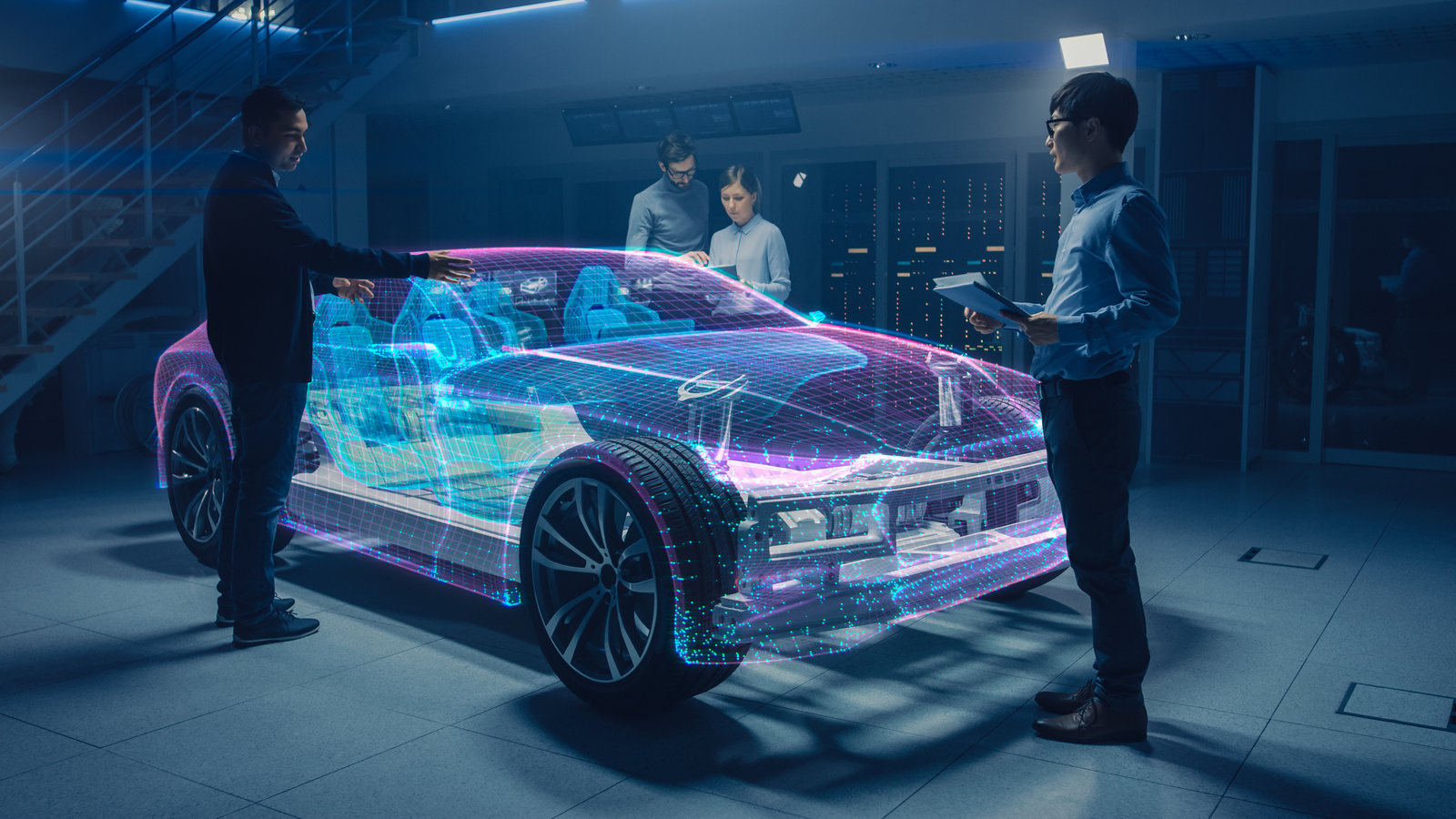Design reviews are a critical part of the product development lifecycle- engineers meet regularly, and at key programme milestones, to undertake review activities such as:
- Release status and maturity (and identifying /reviewing gaps therein).
- Discussing known issues / anticipated issues.
- Detecting new issues (e.g. geometry clash issues, or manufacturing / service access problems).
- Resolving integration (interface) problems, including methodologies such as zone management / block management.
- Discussing proposed changes.
- Bringing together the necessary business functions to move decision making as far upstream in the development process as possible (avoiding costly changes late in the process).
Currently, and before physical prototypes are manufactured, design reviews are usually performed on a PC with the support of CAD software packages. However, CAD on a 2D screen cannot always meet all the requirements in regard to the functional and ergonomic validations of complex 3D models.
When it comes to design reviews, it can prove difficult to apply physical context to digital data, and the performance of the review, particularly issue detection and the quality of the associated dialogue between peers, suffers as a result.
After the 2D Design Reviews are concluded, 3D prototypes are manufactured, and can also go through a number of design iterations before being fully signed off- this can be a costly and time consuming process, with engineers from different locations having to come together.
So how can the Design Review process be made more efficient?
With advancements in XR technologies- the collective term for Augmented (AR), Mixed (MR) and Virtual Reality (VR) - and the increasing adoption of them within industry, designers and engineers are applying these technologies to existing processes, and are finding that Design Reviews make for a compelling use case.
By conducting a Design Review in XR, a group of engineers, either local or in remote locations, can interactively review a design through the immersive experience of XR technologies, closing the cognitive distance for all involved, and providing a unique collaborative workspace. The intuitive interaction with the XR technologies allow for a much faster entry into the design review.
Organisations who have adopted an XR strategy for their Design Review processes are finding that as a result:
- Faster time-to-market
- Optimal product designs with minimal risk
- Increased trust and collaboration
- Greater sustainability practices by detecting mistakes prior to physical prototypes
Theorem have created a suite of use case based applications that get the most from the XR toolset, embedded with a suite of targeted tools to deliver the greatest gain, one of which is specifically tailored to carry out Design Reviews related tasks.
The Design Review Experience has been developed with the goal of bringing globally distributed teams closer together. With built-in collaboration functionality, the spatial context can be applied to the demonstration of a new idea to a colleague, or it can enable complete teams to come together to address a problem that would be tough to explain out-of-context. With AR and MR, teams in the same room will see each other through their devices. However, using any XR technology, distributed team members can also be ‘present’ in the room, represented by a virtual avatar that moves as they do, and mimics their gestures – it’s as close as currently possible to having them physically present in the room.
Learn more about our Design Review Experience.



